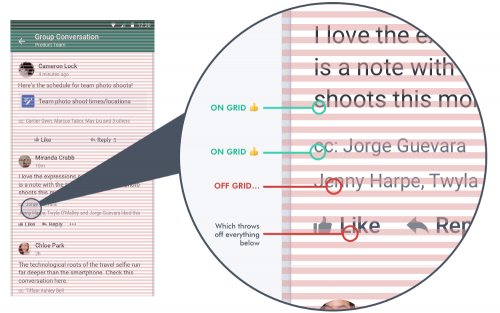I don’t do a lot of front-end work these days, but I am genuinely interested in approaches that help build modular systems, especially when the subject is something as messy and as context-dependent as CSS.
Recently, I came across the Block-Element-Modifier approach, aka BEM, which I find interesting.
If you’re not familiar with BEM, it’s a naming methodology that provides a rather strict way to arrange CSS classes into independent components. It stands for Block Element Modifier and a common one looks like this:
.block {}
.block__element {}
.block--modifier {}
.block__element--modifier {}
The principles are simple — a Block represents an object (a person, a login form, a menu), an Element is a component within the block that performs a particular function (a hand, a login button, a menu item) and a Modifier is how we represent the variations of a block or an element (a female person, a condensed login form with hidden labels, a menu modified to look differently in the context of a footer).
This follow-up article provides more details and examples.


